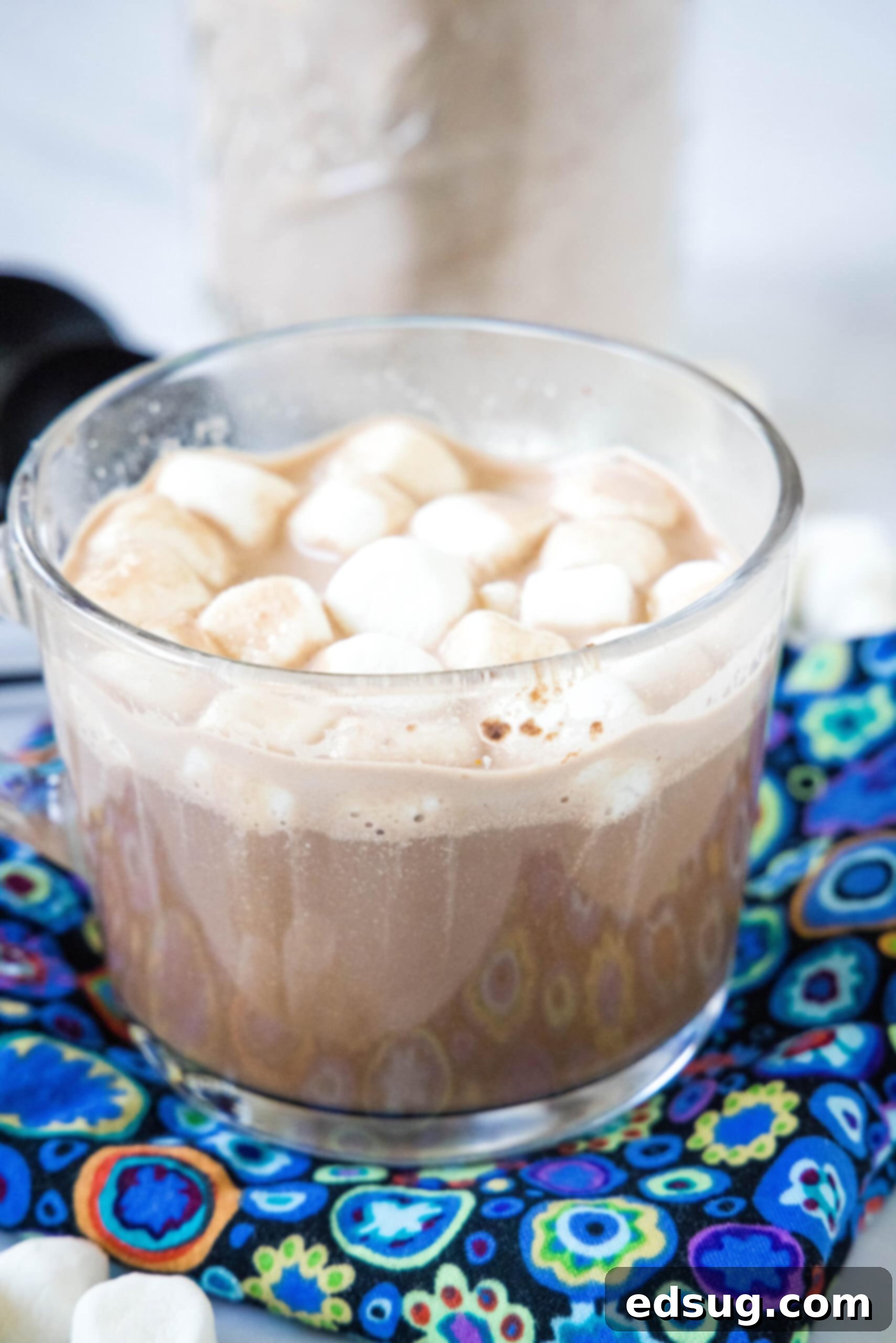Healthy & Delicious Baked Keema Samosas: An Easy Indian Street Food Recipe
Embark on a culinary journey to the vibrant streets of India with these incredible Keema Samosas. Traditionally, samosas are a beloved Indian street food, featuring a savory filling of spiced ground meat, vegetables, or a delightful combination of both, all encased in a crispy pastry and deep-fried to golden perfection. While undeniably delicious, the traditional method can be quite rich. This recipe, however, offers a fantastic and much healthier alternative, allowing you to enjoy all the authentic flavors without the guilt. By ingeniously using wonton wrappers instead of a homemade dough and opting for baking over frying, we transform this classic into a lighter, yet equally satisfying, dish.
This healthier version of Keema Samosas doesn’t compromise on taste. The filling remains incredibly flavorful, packed with aromatic spices and tender ground chicken, offering a delightful contrast to the crisp, delicate wonton wrapper shell. Whether you’re a seasoned chef or a home cook looking to explore Indian cuisine, these baked samosas are an accessible and rewarding recipe to add to your repertoire. They are perfect as a sophisticated appetizer for your next gathering, a light lunch, or even a main course alongside a fresh salad, bringing the rich heritage of Indian flavors right to your table in a wholesome way.
Why You’ll Love This Healthy Keema Samosa Recipe
There are countless reasons why these baked Keema Samosas have become a cherished staple in my kitchen, and why I believe they’ll quickly become one in yours too. First and foremost, the health factor is a major draw. Swapping traditional pastry for thin wonton wrappers significantly reduces the carbohydrate and fat content, while baking instead of frying eliminates excess oil, making these samosas wonderfully light and guilt-free. You get all the delicious taste and texture of a classic samosa, but in a much lighter package.
Beyond the health benefits, the convenience factor is unparalleled. This recipe is designed to be freezer-friendly, which means you can dedicate a little time on a weekend afternoon to prepare a large batch. Once assembled, these delightful pockets can be frozen and then baked straight from the freezer whenever a craving strikes or unexpected guests arrive. This meal-prep friendly approach makes healthy eating incredibly easy and ensures you always have a delicious, homemade option on hand, saving you time and effort during busy weekdays.
The versatility of these samosas is another highlight. They can effortlessly transition from a delightful party appetizer, served with an array of dipping sauces, to a satisfying weeknight dinner when paired with a fresh green salad or a simple rice dish. The robust, savory filling appeals to a wide range of palates, and even my son and husband, who sometimes have differing preferences, wholeheartedly enjoy them. They are a true crowd-pleaser that fits into various meal occasions with ease.
My Journey with Keema Samosas: A Rediscovered Family Favorite
My connection to this particular Keema Samosa recipe dates back over eleven years, to shortly after I first got married. I stumbled upon it in a cookbook, “Weight Watchers Take Out Tonight,” which quickly became a treasured resource in my newly established kitchen. For a while, these samosas were a regular feature, always available in our freezer for a quick snack or a fuss-free meal. They were perfect for those evenings when we wanted something flavorful and satisfying without much fuss. Life, as it often does, got busy, and over time, other recipes took precedence, causing these little gems to slip from memory.
Recently, however, I rediscovered that beloved cookbook, and with it, the magic of these Keema Samosas. The moment I started preparing them again, I was instantly reminded why they were such a staple for us. The aroma of the spices filling the kitchen brought back a wave of nostalgia and excitement. It’s true, making them does require a bit of time and patience—mainly because each wonton wrapper holds only about a tablespoon of filling, meaning the assembly can be a bit tedious. But please don’t let that deter you! The effort is truly minimal when you consider the incredible reward of a freezer full of delicious, healthy Indian-inspired treats.
The best part about the assembly process is that it’s perfectly suited for batch cooking. Imagine spending a relaxing weekend afternoon filling and sealing these delicious parcels, then flash-freezing them. You’ll thank yourself endlessly during busy weekdays when you can simply pull them out and bake them for an instant, wholesome, and incredibly satisfying meal or appetizer. They freeze beautifully, maintaining their flavor and texture, making them an ideal make-ahead dish that effortlessly fits into a modern, busy lifestyle. They are more than just food; they are a convenient solution for delicious, healthy eating, ready whenever you are.
Crafting the Perfect Keema Samosa Filling
The heart of any samosa lies in its filling, and this Keema Samosa recipe delivers a truly exceptional one. We start with lean ground chicken, a healthier alternative to traditional ground lamb or beef, which keeps the dish light while still providing a rich, savory base. The flavor profile is built upon a fragrant blend of classic Indian spices that create a warm, inviting, and slightly spicy experience, making each bite an explosion of taste.
Key Ingredients and Their Role:
- Canola Oil: Used to sauté the aromatics, providing a neutral base that lets the vibrant flavors of the spices shine without overpowering them.
- Onion, Jalapeño, and Garlic: These form the aromatic foundation. Finely chopped onion provides sweetness and depth, while fresh jalapeño adds a subtle kick that can be adjusted to your heat preference. Minced garlic infuses the mixture with its signature pungent and savory notes, essential for an authentic taste.
- Garam Masala: A cornerstone of Indian cuisine, this complex spice blend brings warmth, complexity, and a sweet-savory balance to the filling, creating a truly authentic flavor profile.
- Curry Powder: Adds another layer of characteristic Indian flavor, often containing a blend of spices like turmeric, coriander, cumin, and fenugreek, contributing to the overall richness.
- Turmeric: Not only contributes a beautiful golden hue to the filling but also imparts a slightly earthy flavor and boasts impressive anti-inflammatory properties, making your meal both delicious and beneficial.
- Ground Chicken: Our chosen protein, offering a lean and tender texture. It cooks quickly and absorbs the spices wonderfully, becoming incredibly flavorful.
- Salt: Essential for seasoning and bringing out all the natural flavors of the ingredients, ensuring the filling is perfectly balanced.
- Cilantro: Added fresh at the end, it brightens the entire dish with its vibrant, herbaceous notes and a refreshing aroma that cuts through the richness of the spices.
- Fresh Lime Juice: A splash of fresh lime juice at the very end cuts through the richness, adding a tangy zest that elevates the whole flavor profile and leaves a refreshing finish.
This carefully selected combination of ingredients ensures that every bite of your baked Keema Samosa is bursting with authentic, delicious flavor, making it a memorable culinary experience.
Tips for Perfect Baked Samosas Every Time
Achieving perfectly crispy, delicious baked samosas is simpler than you might think, especially with a few helpful tips that ensure success and a consistently delightful result:
- Preventing Wonton Wrappers from Drying Out: Wonton wrappers are delicate and can dry out quickly when exposed to air, becoming brittle and difficult to work with. To avoid this, always work with a small batch of wrappers (about 6 at a time) and keep the unused wrappers covered with a damp paper towel or a clean kitchen cloth. This small but crucial step makes a huge difference in the ease of assembly and the integrity of your samosas.
- Sealing the Samosas Securely: A small bowl of water is your best friend here. Dip your fingers in the water and lightly moisten the edges of each wrapper before folding. The moisture acts as a natural glue, ensuring a tight seal that prevents the savory filling from leaking out during baking. Press firmly along the edges after folding into a triangle shape to create a strong bond.
- Don’t Overfill: It can be tempting to put a lot of filling in each wrapper, but remember that each wonton is relatively small. Approximately one tablespoon of filling per wrapper is ideal. Overfilling can lead to wrappers tearing or bursting during baking, compromising the shape and crispiness of your samosas.
- Ensuring Even Baking and Maximum Crispiness: Preheat your oven to the specified temperature (425 degrees F) to ensure even cooking from the moment they enter the oven. Spraying the samosas lightly with non-stick cooking spray before baking helps them achieve a beautiful golden brown color and an extra crispiness that mimics the fried version. Remember to turn them once halfway through the baking time to ensure both sides are equally golden and perfectly crispy.
- Adjusting Spice Level: The recipe uses one jalapeño, which typically provides a mild to moderate heat. If you prefer less spice, you can remove the seeds and membranes from the jalapeño, or use only half of it. For those who crave more heat, feel free to add an additional jalapeño or a pinch of cayenne pepper to the filling mixture.
- Filling Variations for Creativity: While ground chicken is fantastic and healthy, feel free to experiment! Ground turkey or lean ground beef would also work exceptionally well. For a vegetarian option, you could use crumbled plant-based meat substitutes, or even a classic spiced potato and pea filling for a traditional touch.
Serving Suggestions and Delicious Dips
These baked Keema Samosas are incredibly versatile when it comes to serving. They are fantastic on their own, but pairing them with the right dip or side dish can elevate the experience even further, catering to both traditional and modern palates.
- Traditional Chutneys: For an authentic Indian experience, a tomato chutney is a classic and popular choice. Its sweet and tangy notes perfectly complement the savory, spiced meat. Other excellent options include a vibrant mint-cilantro chutney for a refreshing kick, or a sweet tamarind chutney, which provides a lovely contrast.
- Modern Favorites and Creamy Dips: Interestingly, my son and husband love dipping these samosas in ranch dressing! While unconventional, it’s a testament to how universally appealing these flavors are. Don’t hesitate to try other creamy dips like a cool cucumber-yogurt raita, which provides a refreshing balance, or even a simple Greek yogurt mixed with a squeeze of lime and a pinch of salt for a quick, tangy accompaniment.
- As a Complete Meal: Transform these appetizers into a complete meal by serving them alongside a fresh, crisp green salad with a light vinaigrette. A side of fluffy basmati rice, perhaps flavored with a touch of saffron or cumin, or a simple dal (lentil soup) would also make for a wholesome, satisfying, and balanced dinner.
Freezing and Storing Your Keema Samosas for Future Enjoyment
One of the most remarkable features of this recipe is how perfectly these Keema Samosas freeze, making them an excellent choice for meal prepping and ensuring you always have a delicious, homemade option ready. Here’s how to store them effectively to maintain their quality and flavor:
- Freezing Unbaked Samosas: After you’ve diligently filled and sealed all your wonton wrappers, arrange the unbaked samosas in a single layer on a baking sheet lined with parchment paper or a silpat. Place the entire baking sheet in the freezer for about 1 to 2 hours, or until the samosas are completely solid. This crucial step, known as flash freezing, prevents them from sticking together in the storage bag. Once frozen solid, transfer the samosas to a freezer-safe resealable bag or an airtight container. They can be stored in the freezer for up to 3 months, making them a fantastic make-ahead option.
- Baking from Frozen: When you’re ready to enjoy them, there’s no need to thaw! Simply remove the desired number of samosas from the freezer. For best results and more even cooking, let them sit at room temperature for about 15 minutes while your oven preheats. Then, spray them lightly with non-stick spray and bake as per the original instructions (425 degrees F, turning once), adjusting the baking time slightly as needed (it might take a few extra minutes, typically 15-20 minutes total) until they are golden brown and crispy.
- Freezing Leftover Baked Samosas: If you happen to have leftover baked samosas, you can also freeze them. Allow them to cool completely at room temperature, then arrange them in a single layer on a baking sheet and flash freeze until solid. Once solid, transfer to a freezer-safe bag or container. To reheat, you can bake them from frozen at 350 degrees F for about 10-15 minutes until heated through and crisp again, or even use an air fryer for extra crispiness and quicker reheating.
Having a stash of these delightful Keema Samosas in your freezer is like having a secret weapon for quick, delicious, and healthy meals or appetizers on demand. It truly simplifies meal planning and ensures you’re never far from a flavorful, homemade treat, perfect for any occasion.







